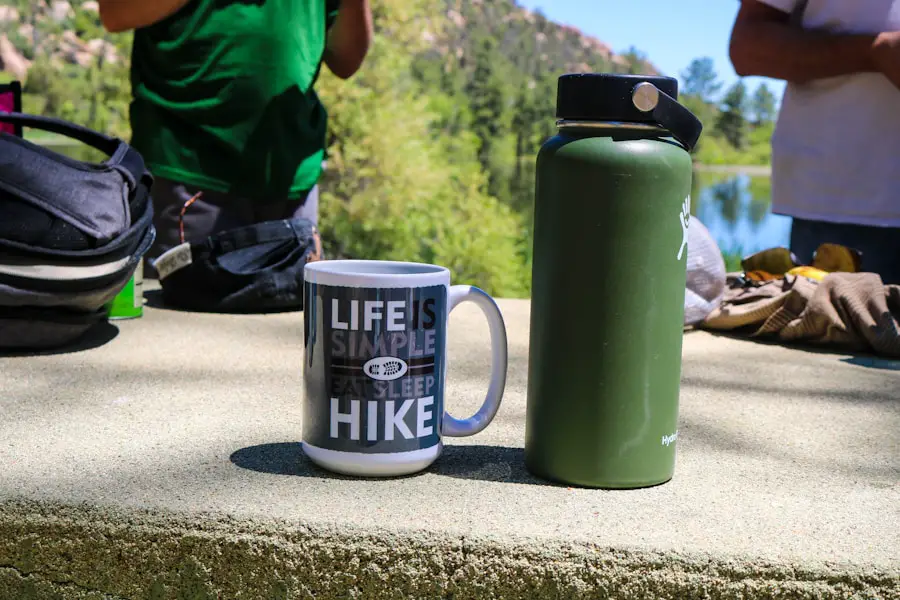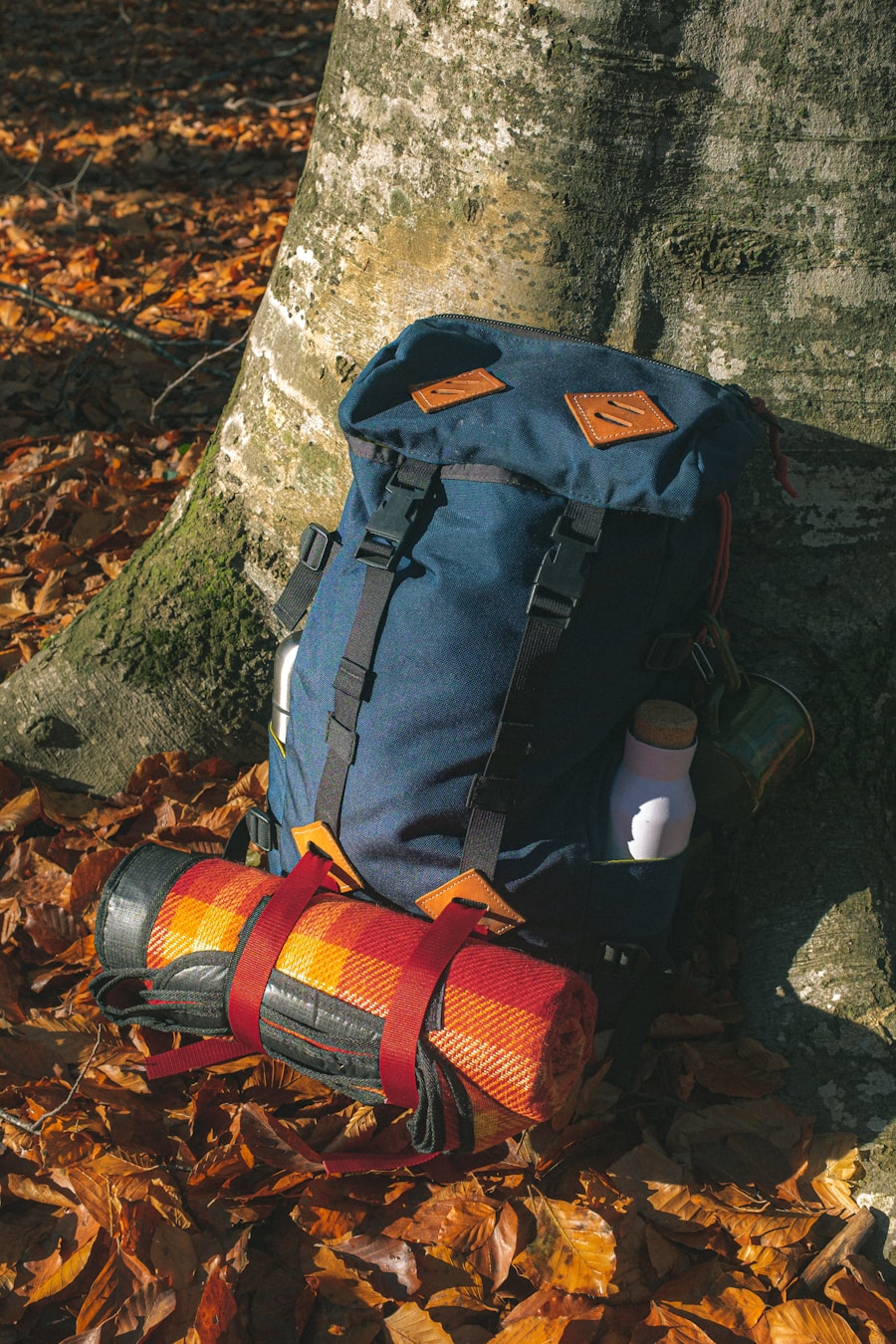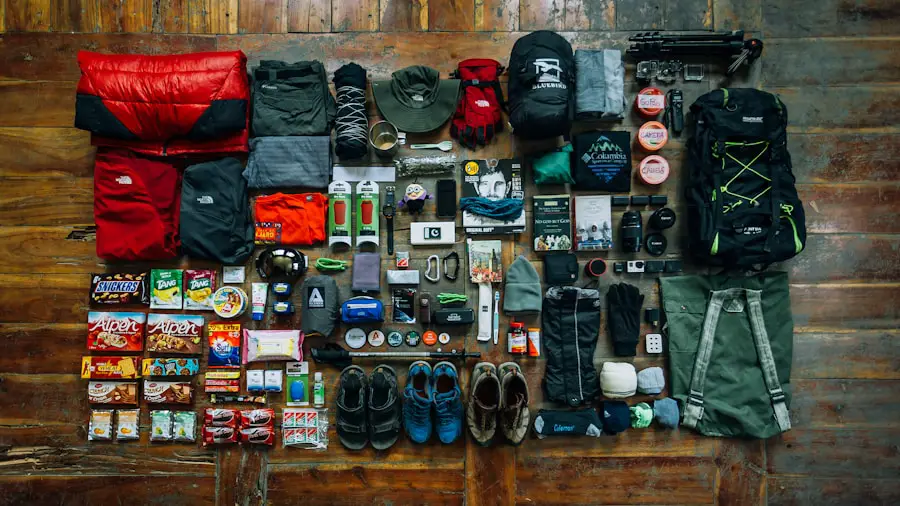Selecting the appropriate hiking boots is one of the most critical decisions a hiker can make. The right footwear not only enhances comfort but also significantly impacts performance and safety on the trail. When choosing hiking boots, it is essential to consider the terrain you will be traversing.
For instance, if your adventure involves rocky paths or steep inclines, a boot with a stiffer sole and robust ankle support is advisable. This type of boot provides the necessary stability and protection against potential injuries, such as sprained ankles. Conversely, if you plan to hike on well-maintained trails, a lighter boot or even a trail runner may suffice, offering breathability and agility.
Fit is another paramount factor in selecting hiking boots. A proper fit ensures that your feet remain comfortable over long distances, reducing the risk of blisters and other foot ailments. When trying on boots, it is advisable to wear the same socks you plan to use on your hike.
Ensure there is enough room in the toe box to wiggle your toes, while the heel should fit snugly to prevent slipping. Additionally, consider the break-in period; many hiking boots require time to mold to your feet. Therefore, it is wise to wear them on shorter walks before embarking on a lengthy hike.
This practice allows you to identify any discomfort early on and make necessary adjustments.
Key Takeaways
- Choose hiking boots that provide ankle support and have a good grip for different terrains.
- Layer clothing for hiking to regulate body temperature and protect against the elements.
- Find a backpack that fits comfortably and has the right capacity for your hiking needs.
- Learn how to use maps, compass, and GPS for navigation on the trail.
- Stay hydrated by carrying enough water and consider using a water filtration system.
Clothing: Layering for Comfort and Protection
When it comes to hiking attire, layering is the key to maintaining comfort and protection against varying weather conditions. The layering system typically consists of three main components: a base layer, an insulating layer, and an outer shell. The base layer, which sits closest to the skin, is designed to wick moisture away from the body.
Fabrics such as merino wool or synthetic materials are excellent choices as they help regulate body temperature while keeping you dry. Avoid cotton, as it retains moisture and can lead to chilling when temperatures drop. The insulating layer serves to trap heat and provide warmth during cooler conditions.
Fleece jackets or down vests are popular options for this layer, as they offer excellent insulation without adding excessive bulk. It’s important to choose an insulating layer that allows for easy movement and can be easily removed if temperatures rise. The outer shell, often waterproof or windproof, protects against rain and wind.
Look for jackets with breathable fabrics like Gore-Tex or similar technologies that allow sweat to escape while keeping moisture out. This combination of layers ensures that you can adapt to changing weather conditions while remaining comfortable throughout your hike.
Backpack: Finding the Right Fit and Capacity

Choosing the right backpack is essential for any hiking trip, as it directly affects your comfort and ability to carry necessary gear. When selecting a backpack, consider its capacity, which is typically measured in liters. Day hikes usually require a smaller pack ranging from 20 to 30 liters, while multi-day trips may necessitate larger packs of 50 liters or more.
It’s crucial to assess what gear you will be carrying; this includes food, water, clothing layers, and safety equipment. A well-organized pack not only distributes weight evenly but also allows for easy access to frequently used items. Fit is equally important when it comes to backpacks.
A poorly fitting pack can lead to discomfort and fatigue during long hikes. When trying on a backpack, adjust the straps and hip belt to ensure a snug fit against your back and hips. The weight should rest primarily on your hips rather than your shoulders, which helps prevent strain and allows for better mobility.
Additionally, look for features such as adjustable torso lengths and padded shoulder straps that enhance comfort during extended wear. Many backpacks also come equipped with various pockets and compartments that can help keep your gear organized and easily accessible.
Navigation: Maps, Compass, and GPS
| Navigation Tool | Usage | Accuracy |
|---|---|---|
| Maps | Visual representation of an area | Depends on the source and updates |
| Compass | Determines direction relative to the Earth’s magnetic poles | Highly accurate when calibrated properly |
| GPS | Global Positioning System for location tracking | Accurate within a few meters |
Navigating through unfamiliar terrain requires a solid understanding of various navigation tools, including maps, compasses, and GPS devices. Traditional topographic maps provide detailed information about the landscape, including elevation changes, trails, water sources, and landmarks. Familiarizing yourself with reading these maps is essential for any hiker; understanding contour lines can help you gauge the steepness of a trail and plan your route accordingly.
It’s advisable to carry a physical map even if you plan to use electronic devices since batteries can die or signals can be lost in remote areas. A compass complements map reading by providing directional guidance. Learning how to use a compass in conjunction with a map is a valuable skill that enhances your ability to navigate effectively.
By identifying landmarks on the map and aligning them with your compass bearing, you can determine your location and ensure you stay on course. In recent years, GPS technology has become increasingly popular among hikers due to its convenience and accuracy. Handheld GPS devices or smartphone applications can provide real-time location tracking and route planning features.
However, reliance solely on technology can be risky; it’s essential to have backup navigation methods in case of device failure.
Water and Hydration: Staying Safe and Satisfied on the Trail
Hydration is a critical aspect of hiking that should never be overlooked. Dehydration can lead to fatigue, decreased performance, and even serious health issues in extreme cases. It’s essential to drink water regularly throughout your hike rather than waiting until you feel thirsty.
A general guideline is to consume about half a liter of water per hour during moderate activity in moderate temperatures; however, this amount may vary based on individual needs and environmental conditions. When planning your hike, consider how you will carry water and whether you will have access to refill stations along the way. Hydration packs are an excellent option for many hikers as they allow for hands-free drinking through a tube while keeping water easily accessible.
Alternatively, traditional water bottles can be used but may require more frequent stops for hydration breaks. If you are hiking in an area where water sources are available, consider bringing a water filter or purification tablets to ensure safe drinking water from natural sources.
Nutrition: Packing the Right Snacks and Meals

Proper nutrition plays a vital role in maintaining energy levels during hikes. The right snacks can make all the difference in keeping your spirits high and your body fueled for the journey ahead. When selecting food items for your hike, focus on high-energy options that are lightweight and easy to pack.
Trail mix is a classic choice; it combines nuts, seeds, dried fruits, and sometimes chocolate for a quick energy boost. Energy bars are another convenient option that provides essential nutrients in a compact form. For longer hikes or multi-day trips, planning meals becomes more critical.
Dehydrated meals are popular among backpackers due to their lightweight nature and ease of preparation—just add hot water! Additionally, consider packing items like instant oatmeal for breakfast or whole-grain wraps filled with nut butter and banana for lunch. It’s also wise to include some savory snacks like jerky or cheese for variety.
Remember that maintaining balanced nutrition throughout your hike will help sustain energy levels and improve overall performance.
Safety and First Aid: Preparing for the Unexpected
Safety should always be a top priority when embarking on any hiking adventure. Preparing for potential emergencies involves carrying essential safety gear and having knowledge of basic first aid practices. A well-stocked first aid kit is crucial; it should include items such as adhesive bandages, antiseptic wipes, gauze pads, pain relievers, blister treatment supplies, and any personal medications you may need during your hike.
In addition to first aid supplies, it’s important to familiarize yourself with common hiking hazards such as wildlife encounters or sudden weather changes. Understanding how to react in these situations can make a significant difference in ensuring your safety on the trail. For example, knowing how to store food properly can help prevent bear encounters in certain areas.
Moreover, educating yourself about local flora and fauna can help you avoid poisonous plants or dangerous animals.
Shelter and Sleeping: Options for Overnight Hiking Trips
For those planning overnight hiking trips or extended excursions into the wilderness, selecting appropriate shelter options is essential for comfort and safety during nighttime hours. Tents are the most common choice among backpackers due to their versatility and protection from the elements. When choosing a tent, consider factors such as weight, size, weather resistance, and ease of setup.
Ultralight tents are popular among long-distance hikers who prioritize weight savings without sacrificing durability. Alternatively, hammocks have gained popularity among some hikers who prefer a minimalist approach to camping gear. Hammocks provide excellent ventilation and comfort while allowing users to set up camp in areas where traditional tents may not be feasible due to rocky terrain or uneven ground.
Regardless of your choice of shelter, ensure that you have adequate sleeping gear such as sleeping bags rated for the expected temperatures and sleeping pads for insulation from the ground. In conclusion, preparing for a hiking trip involves careful consideration of various factors ranging from footwear selection to navigation tools and nutrition planning. Each element plays a crucial role in ensuring a safe and enjoyable experience on the trail.
When preparing for a hiking trip, it’s important to pack the right gear to ensure a safe and enjoyable experience. In addition to essentials like water, snacks, and a first aid kit, it’s also a good idea to bring along a reliable travel fishing rod for some added fun and relaxation during breaks. Check out this article on the best travel fishing rods to find the perfect one for your next outdoor adventure.
Love travel? Join Our Facebook Community For More Tips.
FAQs
What should I bring for a day hike?
For a day hike, it’s important to bring plenty of water, snacks, a map and compass, a first aid kit, sun protection, extra clothing layers, a flashlight, and a multi-tool or knife.
What should I bring for an overnight hike?
For an overnight hike, in addition to the items for a day hike, you should bring a tent, sleeping bag, sleeping pad, stove and fuel, cookware, food, and a water purification method.
What type of clothing should I bring for hiking?
It’s important to bring moisture-wicking and quick-drying clothing for hiking. This includes a moisture-wicking base layer, insulating layer, and a waterproof and breathable outer layer. Additionally, bring a hat, gloves, and extra socks.
What type of footwear is best for hiking?
Sturdy and supportive hiking boots or shoes with good traction are essential for hiking. It’s important to choose footwear that is comfortable and provides good ankle support.
What type of backpack should I bring for hiking?
A comfortable and properly fitting backpack with adjustable straps and a hip belt is essential for hiking. The size of the backpack will depend on the length of the hike and the amount of gear you need to carry.
What are some other essential items to bring for hiking?
Other essential items to bring for hiking include a fully charged cell phone, a whistle, a fire starter, insect repellent, a lightweight tarp, and a small roll of duct tape.
